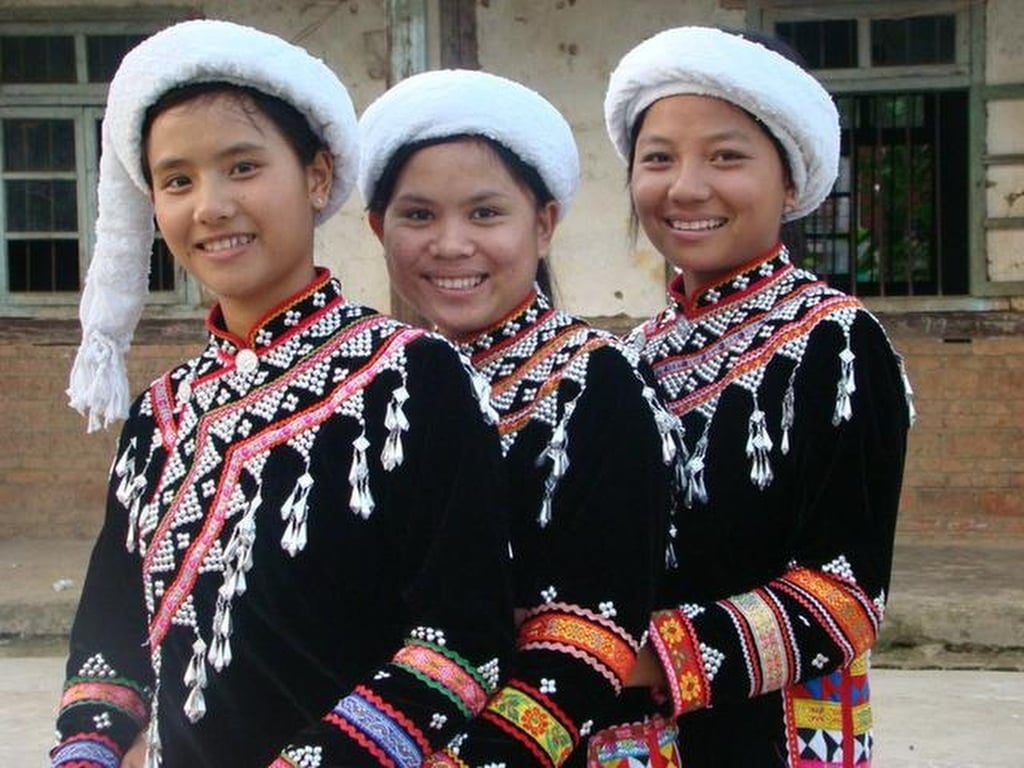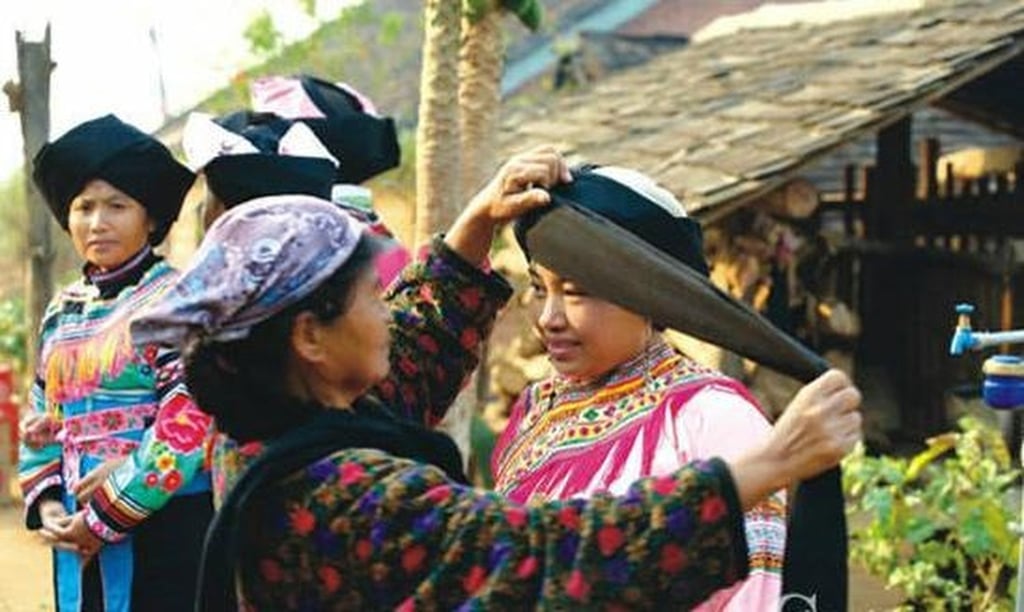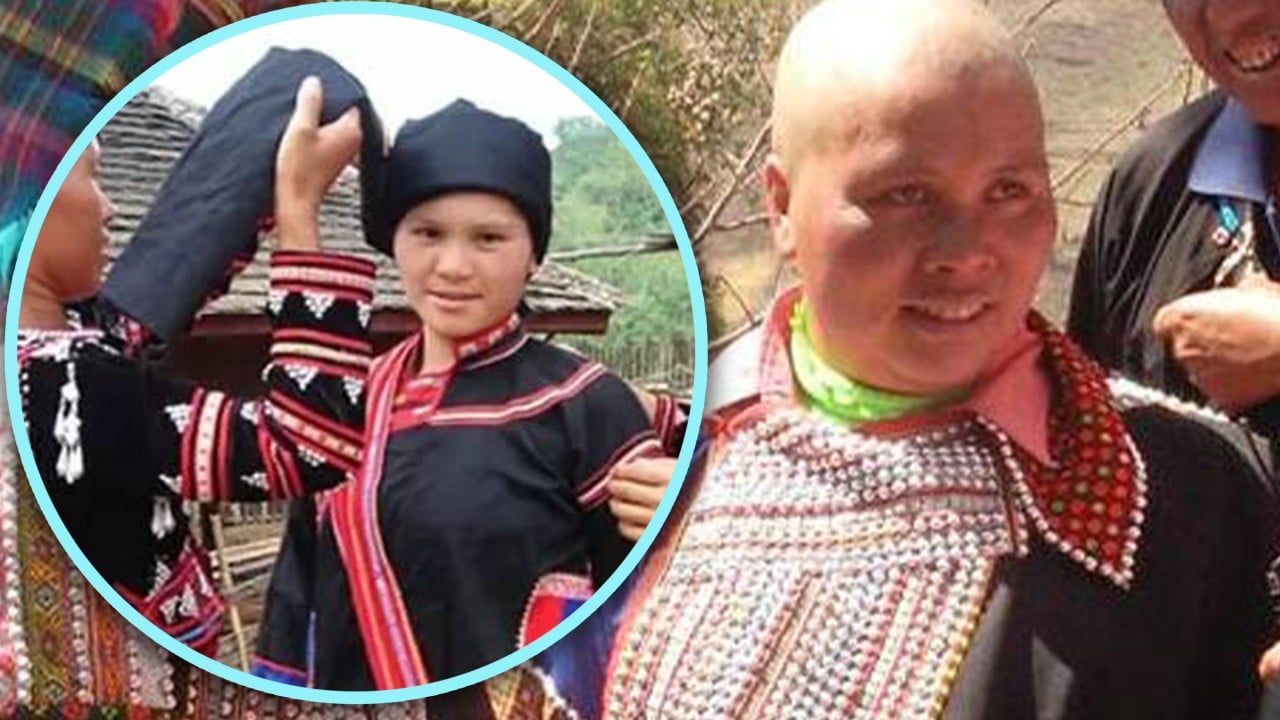Among China’s 56 ethnic groups, the Lahu ethnic minority stands out for its distinct traditions, such as women shaving their heads before marriage and locals drowning pigs at funerals.
Advertisement
Originally, the Lahu people were nomads from the Qinghai Lake region in present-day northwestern China. During the Spring and Autumn and Warring States period (770 BC – 221 BC), they migrated southward and gradually settled in what is now Yunnan province.
According to 2021 statistics, the population of the Lahu ethnic group in China was approximately 499,000, with most living in Yunnan province. Additionally, the Lahu can be found in Southeast Asian countries such as Thailand and Vietnam.

The Lahu ethnic group derives its name from the Chinese term lao hu, meaning “tiger”, due to their historical reputation for tiger hunting. The characters of the name also carry meanings of “unity” and “happiness.”
The Lahu people hold a belief in duality, leading them to think that a person’s death parallels another person’s birth. They emphasise that attendees at funerals should come in pairs; otherwise, they risk being trapped in the world of the deceased.
When someone dies, a wooden stick is used to poke a hole in the grass roof, allowing the soul of the deceased to ascend through the opening.

During the funeral, the family places one end of a white thread in the deceased’s hand and the other end around the neck of a pig, which is subsequently drowned in water.
Advertisement

